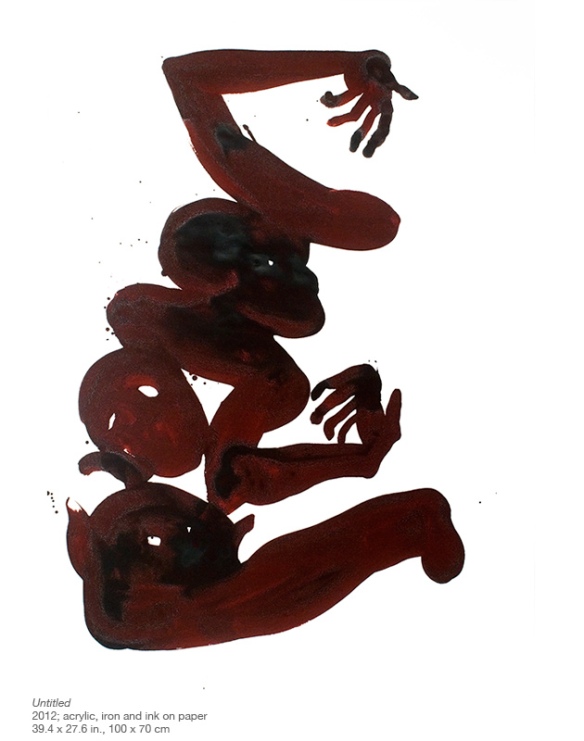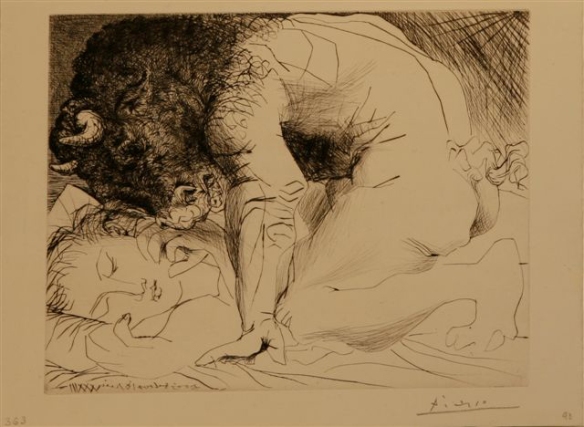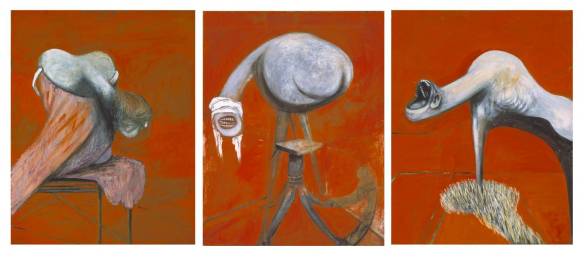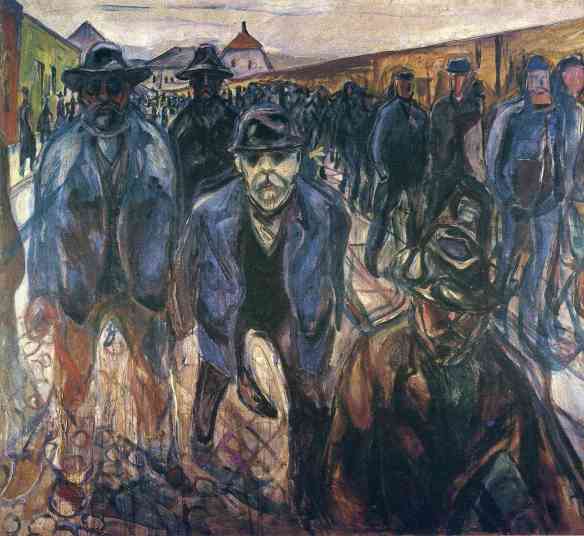En cualquier artefacto artístico se deberían poder adivinar las leyes internas según las cuales ha sido construido. No hablo de leyes universales ni de aplicación general, sino de unas pocas reglas propias que rijan el marco donde se sitúa la obra y la haga creíble. En estas reglas se permiten las falsedades, son un pecado menor, pero de ningún modo las contradicciones. Una contradicción entre dos enunciados impide la coexistencia de ambos anulándose el uno al otro y haciendo imposible creer en el sistema que marcan, mientras que una falsedad sólo recae sobre sí misma y puede incluso aumentar el valor de otro enunciado por contraste. La falsedad es un instrumento mientras que la contradicción es una negligencia, y el camino más seguro para generar contradicciones es, sin duda, actuar arbitrariamente y guiado únicamente por los impulsos de un espíritu ligero. Nada hay más voluble y cambiante que el ánimo; lo que un día puede parecer imperdonable, al día siguiente se olvida y se perdona, hasta los actos más terribles se disuelven en el tiempo y para todos ellos se acaba encontrando justificación. También los actos de generosidad que un día se hicieron con gusto pueden parecer al día siguiente un despilfarro aberrante. Se necesita pues, o un ánimo sólido y con creencias y certezas tan profundas que resulten inamovibles, de modo que las leyes internas de la obra recaigan sobre esas certezas (o dudas, igualmente inamovibles por irresolubles) o un esfuerzo de realizar la obra paralelamente en múltiples niveles, prácticos y teóricos, de manera que la imagen de uno se refleje en los otros para comprobar así su equivalencia y estar seguro de que no hay error posible. Sobre el primer caso, artistas que trabajan con la obsesión, nunca fallan.

Marcos Bontempo: http://www.riccomaresca.com/artists/
We should be able to understand the internal laws that govern any artistic artifact, according to which it has been built. I´m not talking about universal laws that could be applied anywhere, but some valid rules for the environment of the work that make it believable. In these rules, falsehoods are allowed, but never contradictions. One contradiction between two statements prohibits their coexistence by voiding one to another. So we cannot believe anymore their story. A falsehood, by contrast, only entails a fault for itself, and it could eventually increase the value of the other one by contrast. The falsehood is a tool while contradiction is a laxity, and the shorter way to reach a contradiction is let yourself be guided by arbitrariness and a careless spirit. Nothing is more changeable than soul. The worst thing you do today becomes forgivable tomorrow, even the worst crimes fade away in time and at last, some reasons are found to justify them. Also the acts of generosity could appears on the next day as an absurd waste. To be fair it´s required or solid and immovable certainties to support the weight of the laws governing the work or equivalent irresolvable doubts. Working in parallel with different mediums can be a good idea as well, so that one of them reaffirms on the other.
About the first case, the unmerciful certainty, artists working about their obsessions never fail.





